aelf (ELF) ha surgido como ejemplo de proyecto que lleva la tecnología blockchain al siguiente nivel. En un sector que ha evolucionado rápidamente desde su creación hace poco más de una década, aelf se destaca por su enfoque innovador y su compromiso con la mejora continua. Con una estructura estable y escalable, aelf ofrece a las empresas la plataforma ideal para construir y operar sus aplicaciones.
Además, aelf va más allá de proporcionar una blockchain; ofrece una serie de herramientas y recursos para capacitar a los desarrolladores y fomentar un ecosistema próspero. Esta dedicación al avance y al compromiso de los desarrolladores distingue a aelf en el cambiante panorama del blockchain.
¿Qué es aelf?
aelf es una innovadora red blockchain de código abierto diseñada como una solución empresarial integral. A diferencia de los sistemas blockchain tradicionales, aelf emplea una arquitectura única que consiste en una blockchain principal acompañada de múltiples sidechains. Esta estructura permite a desarrolladores y empresas crear y operar sus propios ecosistemas individuales. Al permitir el despliegue independiente y el uso de aplicaciones descentralizadas (DApps) en sidechains separadas, aelf logra el aislamiento de recursos y una eficiencia óptima.
El equipo del proyecto aelf
El proyecto aelf fue creado en 2017 por un equipo de desarrolladores de blockchain cualificados y experimentados dirigidos por Ma Haobo. Su objetivo principal era desarrollar una plataforma que atendiera las necesidades de los desarrolladores, proporcionándoles un entorno seguro, escalable y de alto rendimiento para crear aplicaciones.
¿Cómo funciona aelf?
aelf opera en un marco tecnológico único que incorpora un modelo de procesamiento paralelo y su innovador mecanismo de consenso aelf Delegated Proof of Stake (AEDPoS). Al igual que la prueba de participación delegada (DPoS), AEDPoS mejora la eficiencia y escalabilidad de la red.
El ecosistema aelf se basa en la tecnología cross-chain, que utiliza mecanismos de índice y verificación de la cadena principal. Este diseño inteligente facilita la comunicación segura entre la cadena principal y varias sidechains, permitiendo una integración e interacción sin problemas dentro de la red aelf.
ELF: el token nativo de aelf
El token ELF sirve como criptomoneda nativa del ecosistema aelf. Lanzado a finales de diciembre de 2017, el token ELF fue diseñado con un suministro máximo de 1.000 millones, que representa su suministro total. A partir de julio de 2023, aproximadamente el 62,22 por ciento de los tokens ELF están en circulación, lo que representa 622,19 millones de unidades.
Casos de uso de ELF
El token del proyecto, ELF, ofrece diversas ventajas. Por ejemplo, quienes hacen staking con ELF pueden convertirse en nodos y participar en las decisiones de gobernanza. El sistema de nodos tiene diferentes funciones, como nodos de producción, nodos candidatos y votantes. Esto permite a los titulares participar en las votaciones y contribuir a las decisiones del proyecto. Los usuarios también utilizan ELF para cubrir las tasas de las transacciones y las actividades de la sidechain. Además, los desarrolladores pueden utilizar ELF para comprar tokens de recursos, como tokens especiales que ayudan a crear proyectos en la plataforma aelf.
Distribución de ELF
La distribución de los tokens ELF es la siguiente:
- 25 % fue asignado a la fundación, sujeto a un período de adquisición de derechos de 3 años.
- 25 % fue vendido durante la venta privada.
- 16 % fue retenido por el equipo, con un período de adquisición de derechos de 2 años.
- 12 % fue reservado para fines de minería.
- 7 % fue asignado a asesores, con un periodo de adquisición de derechos de 2 años.
- 7 % fue destinado a fines de marketing.
- 5 % fue distribuido mediante airdrops a la comunidad.
- 3 % fue dedicado a financiar asociaciones.
El futuro del FEB
Hasta ahora, ELF ha tenido éxito en su enfoque de crear un ecosistema que apoye eficazmente las DApps. Dependiendo de lo que requieran los desarrolladores, este ecosistema está diseñado para proporcionar tanto conexión como separación. Al igual que las parachains de Polkadot, las sidechains de aelf permiten a los usuarios operar en su entorno mientras permanecen conectados a la cadena principal.
ELF sigue trabajando duro para establecerse en la industria. Su reciente actualización a la versión 1.4.1 de la mainnet es un paso más hacia este objetivo. Esta actualización ha mejorado el rendimiento de la transmisión de datos mediante gRPC streaming y ha mejorado la comunicación de red de nodos añadiendo soporte para gRPC streaming bidireccional.




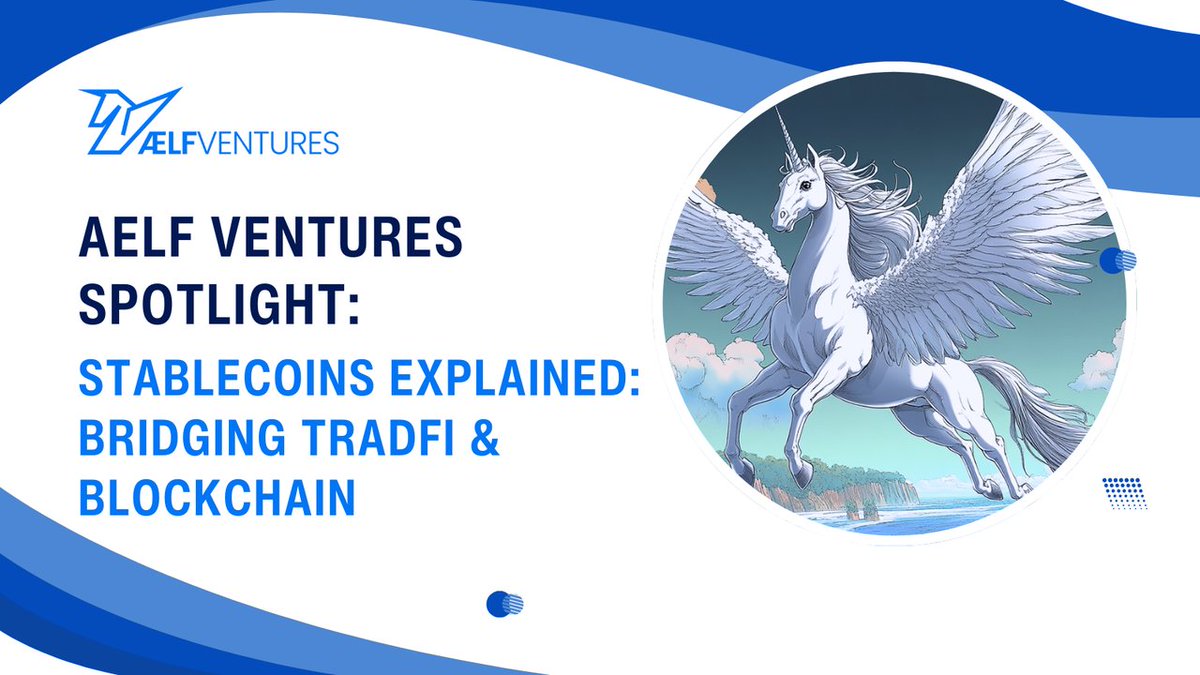

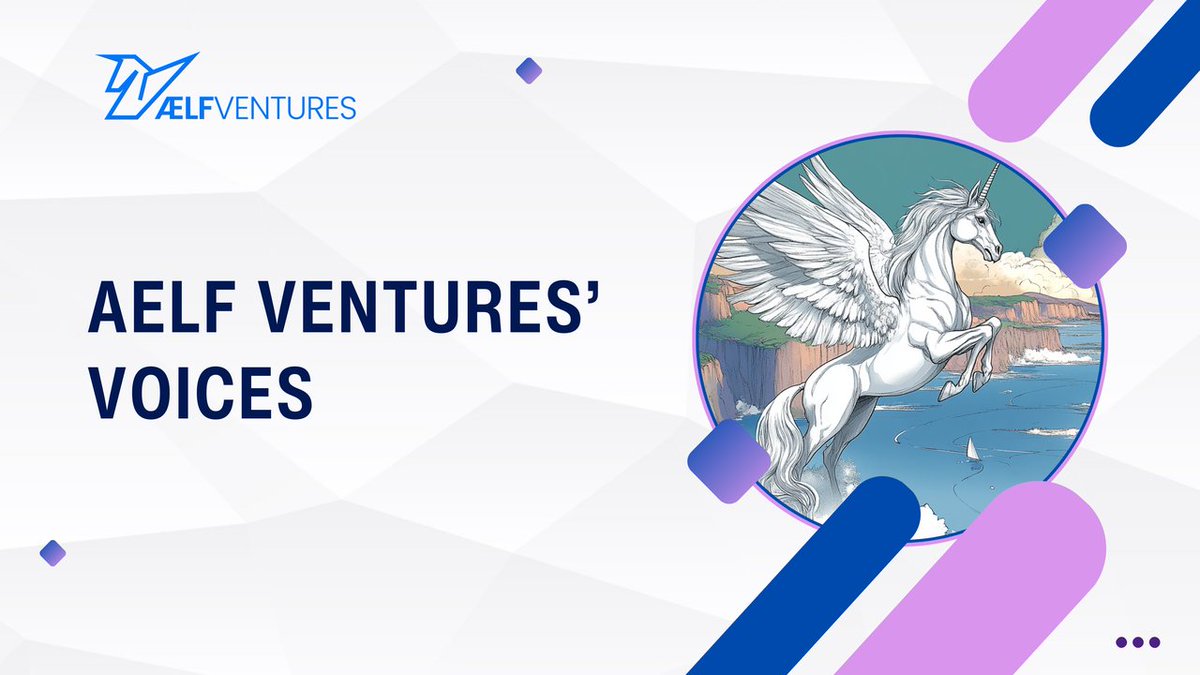

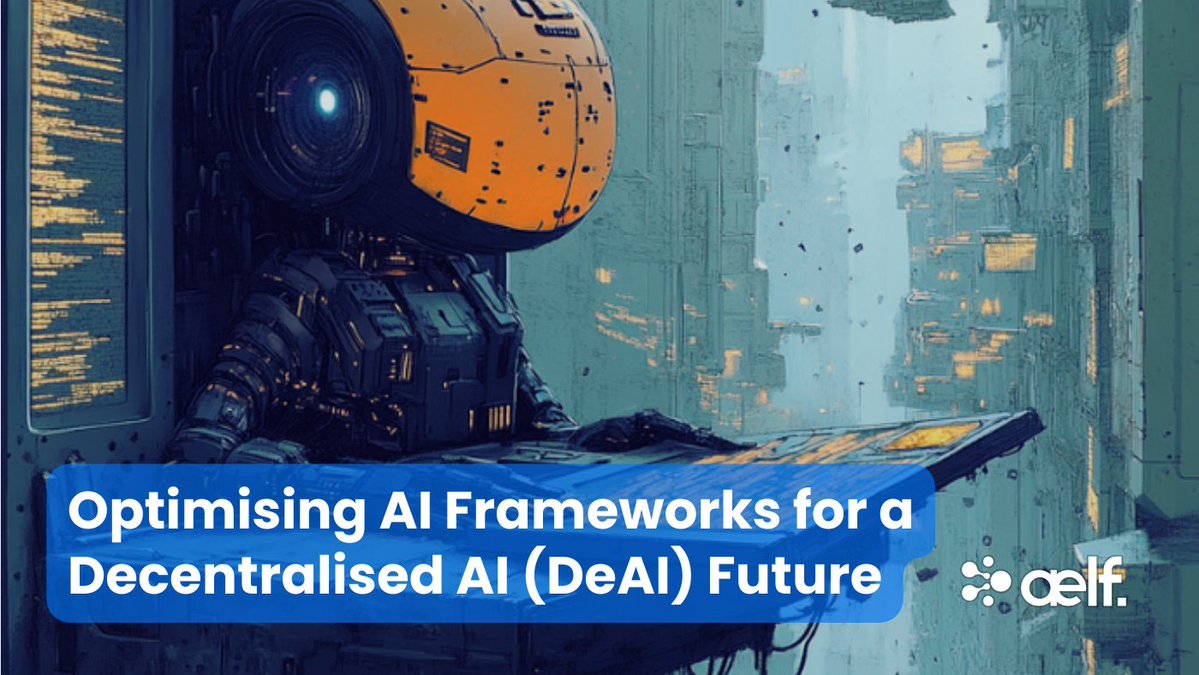

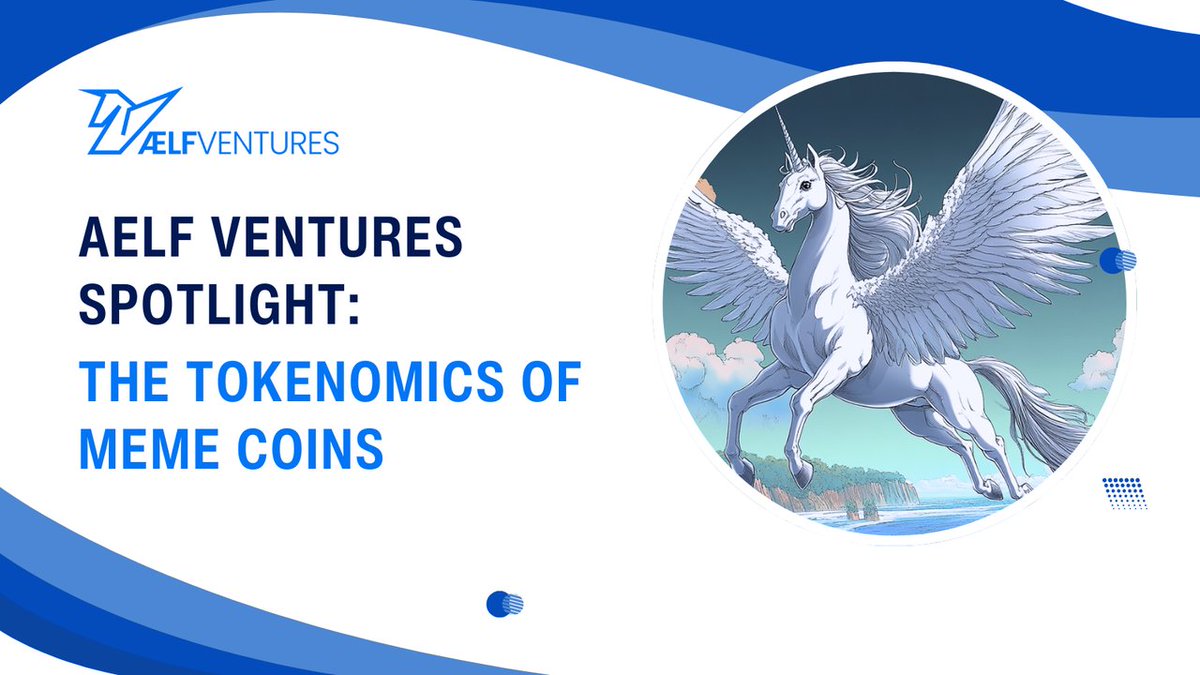

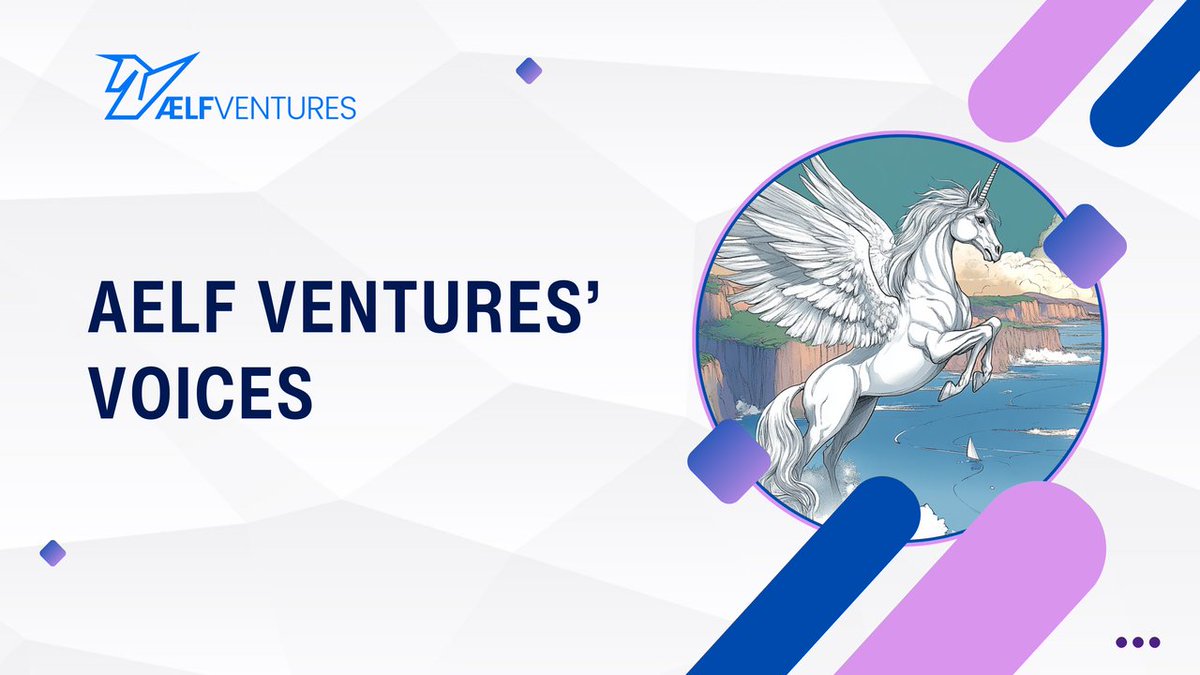

















Sociales